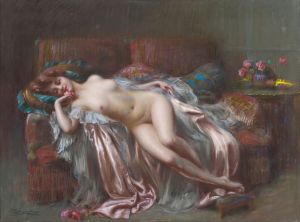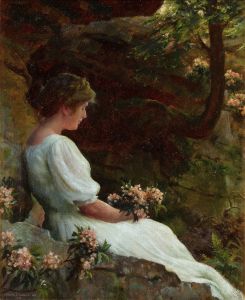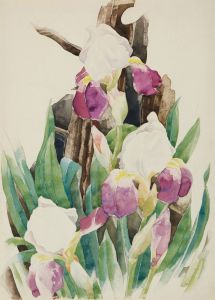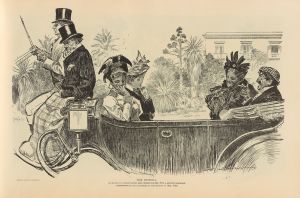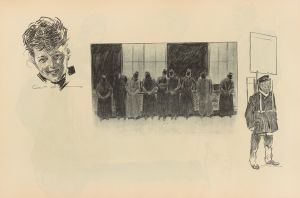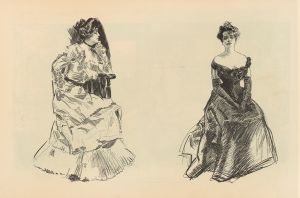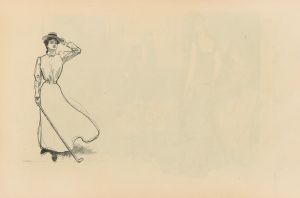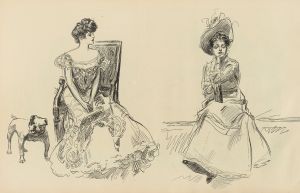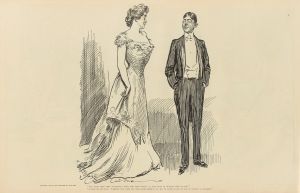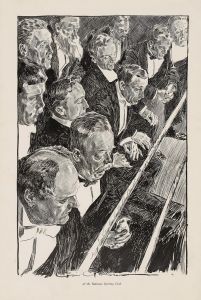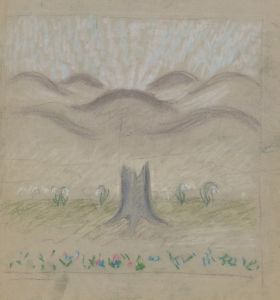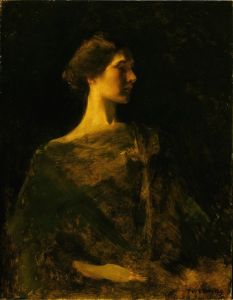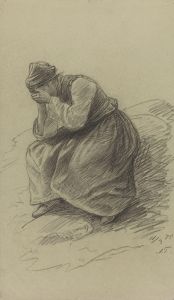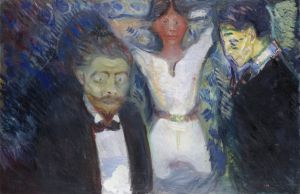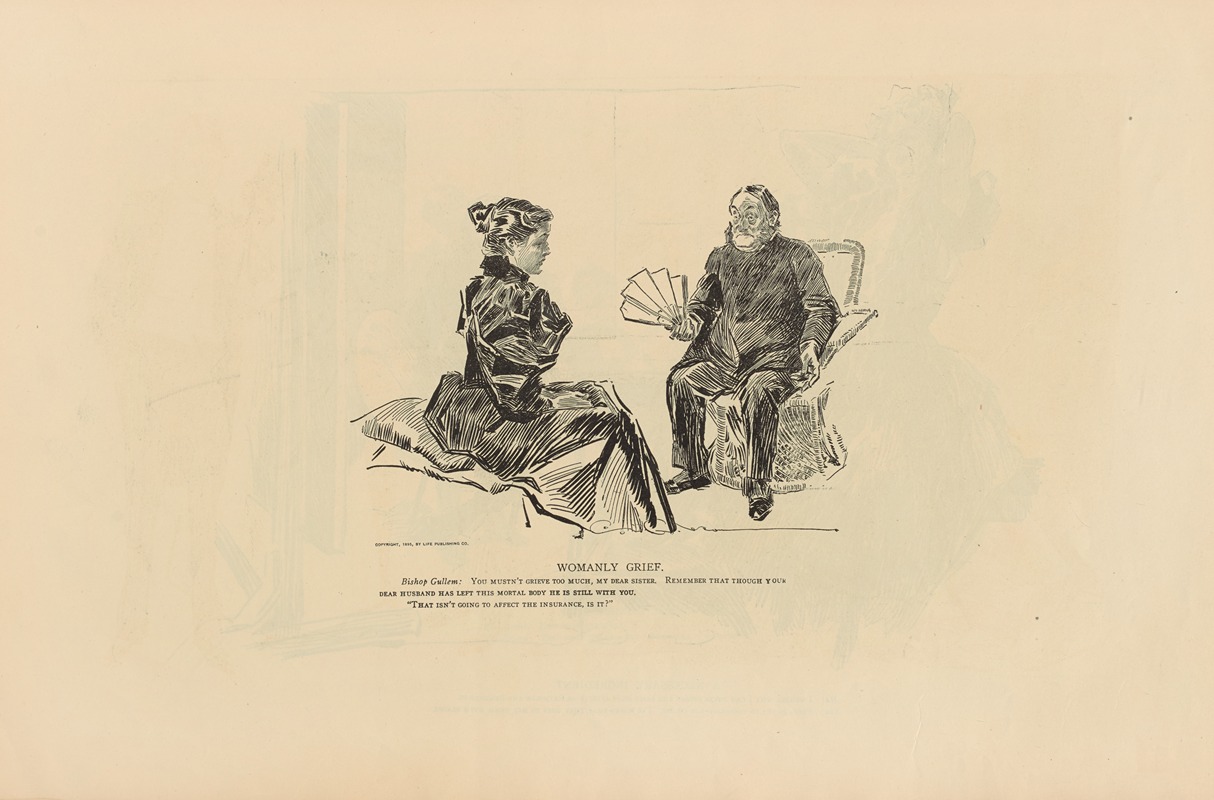
Womanly grief
A hand-painted replica of Charles Dana Gibson’s masterpiece Womanly grief, meticulously crafted by professional artists to capture the true essence of the original. Each piece is created with museum-quality canvas and rare mineral pigments, carefully painted by experienced artists with delicate brushstrokes and rich, layered colors to perfectly recreate the texture of the original artwork. Unlike machine-printed reproductions, this hand-painted version brings the painting to life, infused with the artist’s emotions and skill in every stroke. Whether for personal collection or home decoration, it instantly elevates the artistic atmosphere of any space.
Charles Dana Gibson was an influential American illustrator best known for his creation of the "Gibson Girl," a representation of the idealized American woman at the turn of the 20th century. His illustrations were widely published in magazines such as Life, Harper's Weekly, and Scribner's, and they played a significant role in shaping the visual culture of the era. Among his many works, "Womanly Grief" is one of his notable illustrations, though specific details about this particular piece are limited.
"Womanly Grief" is a black-and-white illustration that exemplifies Gibson's characteristic style, which combines fine lines and detailed shading to create expressive and dynamic images. His work often depicted scenes of social life, capturing the nuances of human emotion and interaction with a keen eye for detail and a touch of humor. The "Gibson Girl" was a recurring theme in his work, representing a new standard of femininity that was independent, confident, and socially active.
The illustration "Womanly Grief" likely portrays a scene of emotional depth, focusing on the theme of sorrow or mourning. Gibson's ability to convey complex emotions through simple yet powerful imagery is evident in his work, and "Womanly Grief" would be no exception. His illustrations often featured women in various social contexts, and he was adept at capturing the subtleties of their expressions and body language.
Gibson's work was influential in the late 19th and early 20th centuries, a time when the roles and perceptions of women were undergoing significant changes. The "Gibson Girl" became an iconic symbol of this transitional period, embodying both traditional femininity and modern independence. Through his illustrations, Gibson contributed to the dialogue about gender roles and societal expectations, using his art to reflect and influence contemporary attitudes.
While specific information about the context or publication of "Womanly Grief" is not readily available, it can be understood within the broader framework of Gibson's oeuvre. His illustrations were not only artistic expressions but also commentaries on the social dynamics of his time. They were widely circulated and appreciated for their aesthetic quality and insightful portrayal of human nature.
Gibson's legacy as an illustrator endures, with his work continuing to be studied and appreciated for its artistic merit and cultural significance. His ability to capture the essence of an era through his illustrations has left a lasting impact on American art and popular culture. "Womanly Grief," like many of his works, serves as a testament to his skill in depicting the complexities of human emotion and the changing landscape of society at the turn of the century.
In summary, while detailed information about "Womanly Grief" is limited, it is a part of Charles Dana Gibson's larger body of work that reflects his talent and influence as an illustrator. His contributions to the visual arts and his role in shaping the image of the modern woman remain significant aspects of his enduring legacy.





